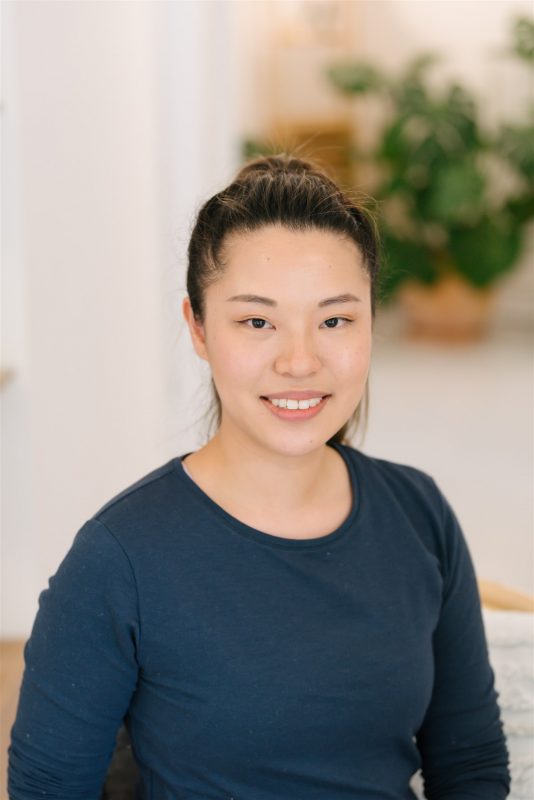Osteoarthritis
Written by Katharine Ng – Physiotherapist
Written by Katharine Ng – Physiotherapist
Osteoarthritis (OA) is a very common disease and is the most common cause of mobility issues in the older population.
It is a disease that affects the whole joint, but mostly the articular cartilage (cartilage that covers the ends of the bones). This articular cartilage becomes thin and fragile over time, which can be due to:
book online
In a normal healthy joint there is a balance between regeneration and degeneration of cartilage. OA occurs when there is more degeneration (breakdown) than regeneration of cartilage. This can cause the cartilage to thin out, crack or disappear.
Contrary to common belief, OA should not be described as wear and tear. This statement is incorrect because cartilage needs moderate load through physical activity or exercise to regenerate itself, remain nourished and healthy.
Osteoarthritis often affects one joint and symptoms progress slowly. Below are some common symptoms you may experience:
The first line treatment for osteoarthritis should consist of education about OA, exercise and weight control, if applicable. This should be offered regardless of age, disease severity, functional status or pain levels. Exercise can help to relieve pain and improve joint range of motion and function for activities of daily living. Other passive treatments such as massage and acupuncture can also be useful to manage pain. A dietitian can also provide useful advice on weight management.
When function improves, the next step is to get more active. Being physically active can help maintain weight loss and improve overall health. The usual treatment for osteoarthritis is outlined below.
Strong muscles help to stabilise your joints. In particular, neuromuscular exercise helps to improve joint control by learning to use the right muscles at the right time. This will help to reduce pain, improve confidence, reduce falls risk and ultimately overall function.
Please seek advice from a physiotherapist for a tailored exercise program based on your abilities.
book appointmentThere is extensive evidence that supports exercise for the management of OA and many other chronic health conditions.
In a study of people who participated in a structured twice weekly strengthening program over a period of 6 weeks the following outcomes were found:

B.Physio, APAM